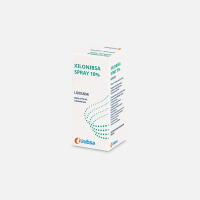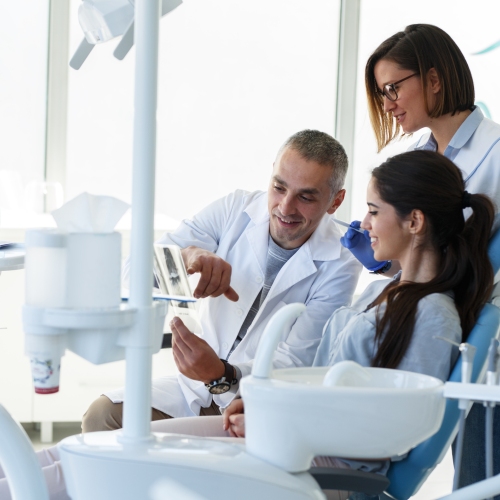

XILONIBSA SPRAY 10%
Topical anaesthetic for the oral mucosa with a pleasant banana flavour.
Topical anaesthesia with lidocaine can be used in dentistry for:
- Desensitisation of the mucous membranes.
- Needle insertion for conduction or infiltration anesthesia.
- Control of pain in a wounded area.
- Placement of orthodontic bands.
- Inhibition of the pharyngeal reflex (for radiographic imaging or impression).
- Oral mucositis.
- Simple extraction of primary tooth.
- Dry socket.
- Rubber-dam clamp placement.
- Surgical treatment of the mucosal surface, such as superficial submucosal abscess incision.
- Inhibition of reflexes during endotracheal intubation.
- Root planning or scaling.










